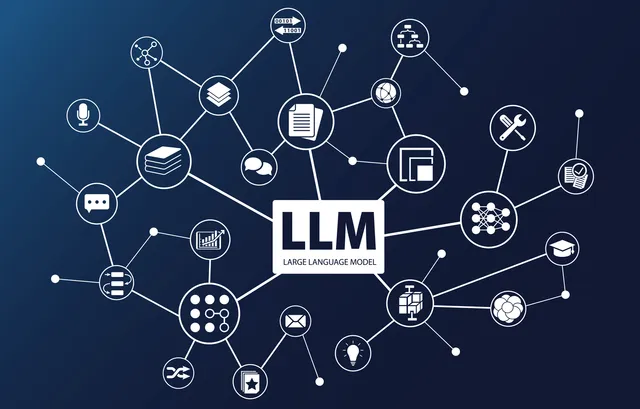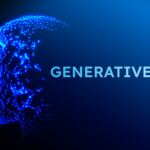
Large Language Models (LLMs) have been at the forefront of AI innovation, transforming how we approach tasks that once seemed too chaotic or complex for machines to handle. But harnessing their true power in real-world production pipelines? That’s where the real magic—and challenge—lies. Enter DSPy, a pioneering framework developed by the Overture Maps Foundation, which is turning AI pipeline management upside down by shifting the way we interact with these mighty models.
The Prompt Puzzle: Why Traditional LLM Usage is a Double-Edged Sword
LLMs allow us to describe problems in plain English and get sophisticated AI responses without coding complex algorithms. The catch? Crafting and maintaining prompts—the instructions you give the AI—is surprisingly tricky. These prompts can become sprawling, obscure, and brittle, making pipelines difficult to debug, extend, or optimize as they scale. This balancing act—leveraging LLM magic without drowning in prompt chaos—is the “prompt paradox” that many AI teams face.
Overture Maps: Tackling One of the World’s Largest Geospatial Data Challenges
Overture Maps Foundation is on an ambitious mission: to build a free, open, and accurate geospatial base map used by billions. The core challenge? Combining millions of messy, noisy place records—businesses, schools, hospitals—from diverse data sources. These records often contain misspellings, duplicates, and wildly inconsistent address formats, making large-scale conflation (merging) a formidable task. Applying LLMs directly to roughly 70 million places each month promises accuracy but at an impractical cost and latency.
DSPy: Bringing Programming Elegance to Prompts
DSPy revolutionizes this by treating prompt creation as a programming problem rather than string manipulation. Instead of crafting long text prompts, developers define:
- Signatures: Clear input-output contracts (e.g., two place records → matched or not + confidence score) that make the task explicit.
- Modules: Encapsulated strategies for how to engage with the LLM, whether simple queries, chain-of-thought reasoning, or multi-step logic.
This approach turns prompt-based querying into typed, maintainable Python functions. With just a few lines of code, Overture Maps engineers rapidly design, test, and version-control their LLM interactions—no more battling messy text or complex JSON outputs.
Smart Prompt Optimization with AI Power
DSPy also leverages advanced AI to optimize prompts automatically. By running candidate prompts generated by powerful LLMs like GPT-4.1 against smaller, production-ready models, and using a technique called MIRO, the team can combine the best prompt pieces. This raises accuracy from about 60% to over 80%, eliminating tedious manual prompt engineering. Plus, DSPy’s modular design allows smooth switching between model providers (OpenAI, Anthropic, Meta’s LLaMA) depending on needs and cost considerations.
What DSPy Means for AI Developers and Data Engineers
- Focus on intent, not wording: Define what you want to achieve in structured ways instead of guessing the perfect prompt text.
- Modular and flexible: Change models or reasoning strategies without rewriting your entire codebase.
- Data-driven improvement: Use evaluation datasets to continuously refine and optimize the pipeline.
- Let AI help AI: Use high-capacity models to improve prompt-writing for lighter, faster production models.
Looking Forward: The Future of DSPy and AI Pipelines
Evolving with reinforcement learning, optimizer improvements, and complex multi-model chains, DSPy is a blueprint for making massive AI data pipelines more efficient, transparent, and scalable. For industries grappling with large, messy human data, this approach promises faster innovation and more reliable AI solutions.
To Know More : DSPy
Follow us for more Updates














